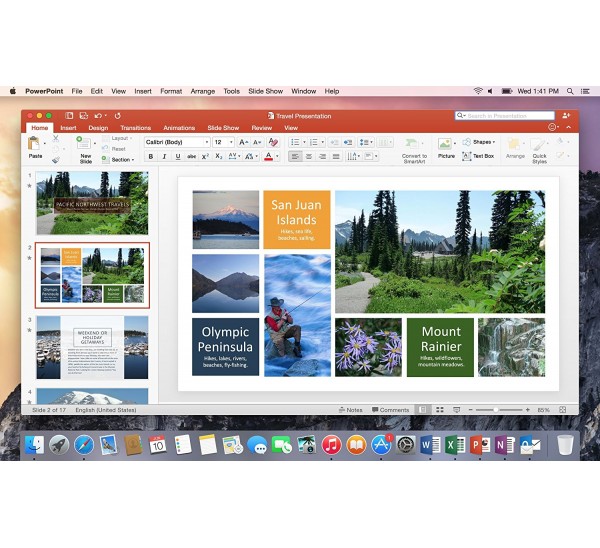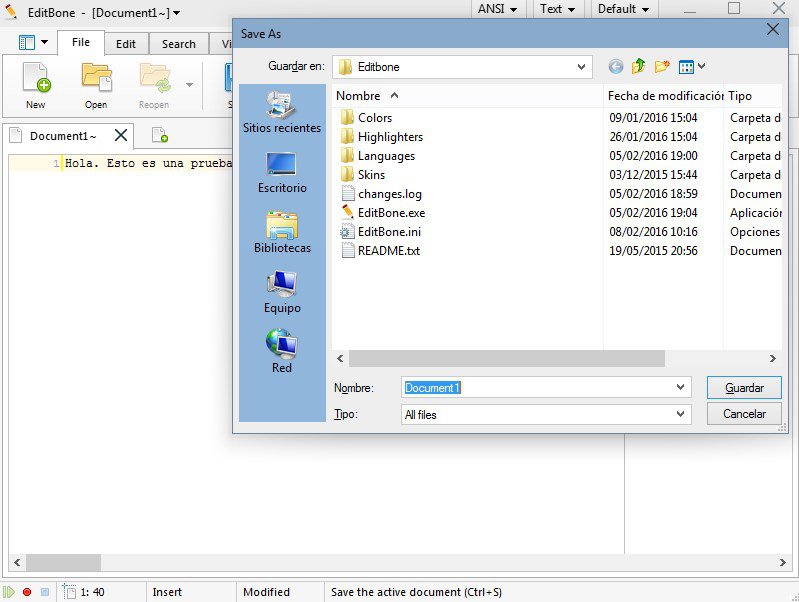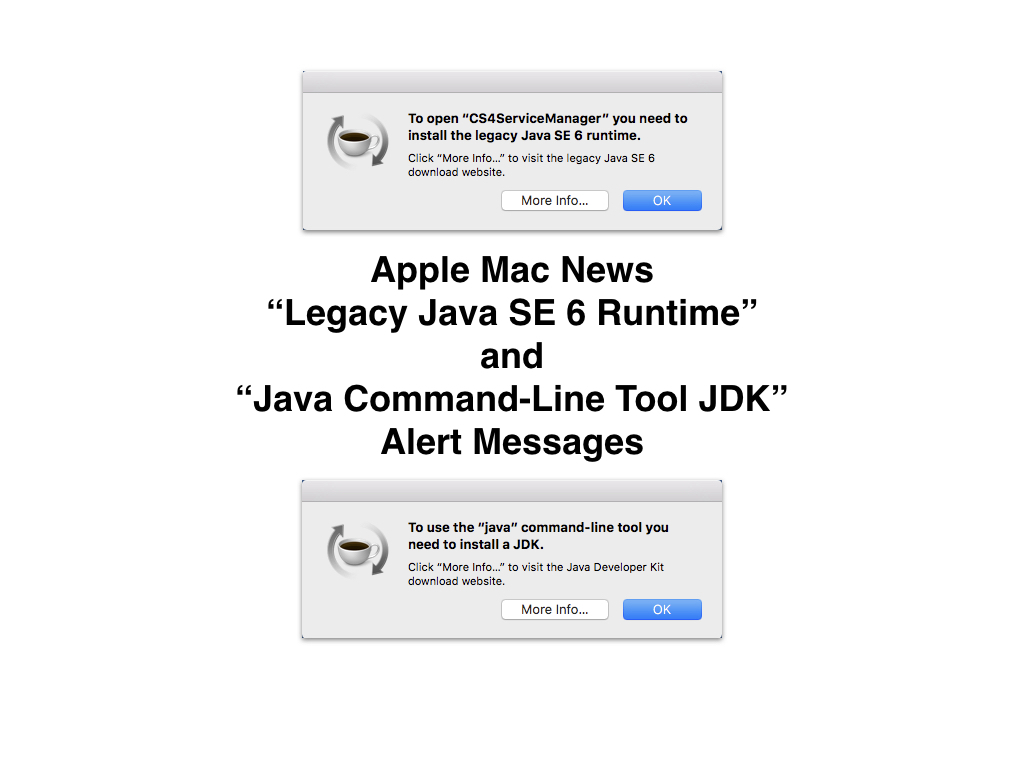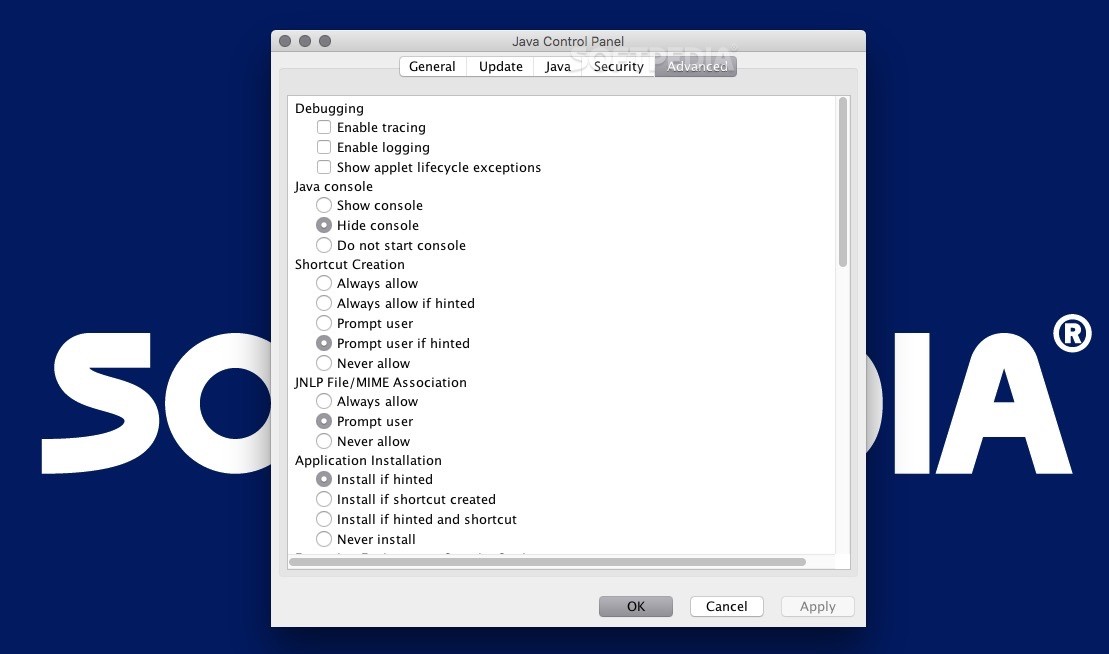



See Uninstalling the JRE on macOS.After installing Java for macOS 2012-006, can I continue to use Apple's Java 6 alongside the macOS JDK for Java 13? If you want to continue to develop with Java 6 using command-line, then you can modify the startup script for your favorite command environment. To install an earlier version of the JRE, you must first uninstall the current version. To determine the current JRE version installed on your system, see Determining the JRE Version Installed on macOS.

The system will not install a JRE that has an earlier version than the current version. When you install the JRE, you can install only one JRE on your system at a time. However, the system will not replace the current JRE with a lower version. When you install the JDK, it also installs the JRE. Administrator privileges are required to install the JDK and JRE on macOS. Installing the JDK and JRE on macOS is performed on a systemwide basis for all users. You cannot install Java for a single user. The following are the system requirements for installing the JDK and the JRE on macOS: Legacy Java Se 6 Runtime For MacĪny Intel-based computer running macOS. This SK is relevant for: Mac OS X Lion v10.7 or later Mac OS X Mountain Lion v10.8 or later Download the latest version of the Java. For more information see Java for OS X 2012-006 KB. This Java update uninstalls the Apple-provided Java applet plug-in from all web browsers. Apple introduced new Java SE 6 update on (1.6.037). Using Java SE on macOS Catalina With macOS 10.15, Apple introduced new application security checks, which are used by Gatekeeper to verify the contents of distributed software. Important: Ensure that you install Java SE 6 Runtime only by clicking Install in the pop-up window.If you install Java SE 6 or 7 Runtime through any other means (for example, by directly accessing ), Dreamweaver could still display the prompt.


 0 kommentar(er)
0 kommentar(er)
